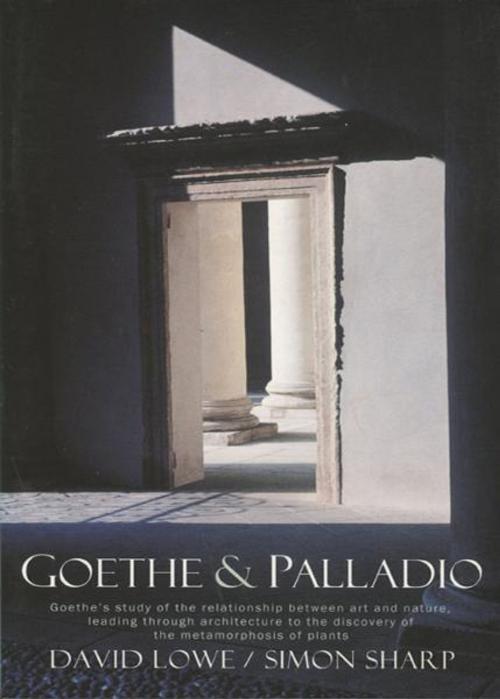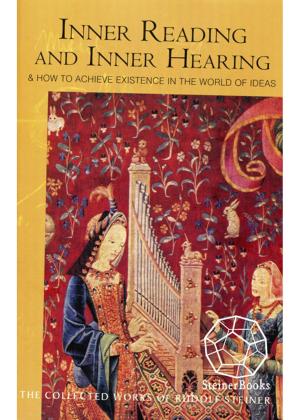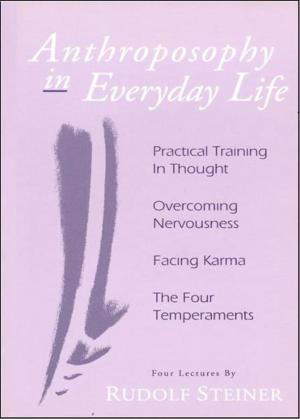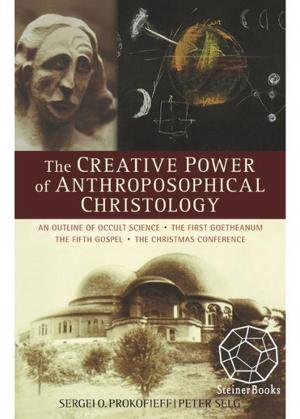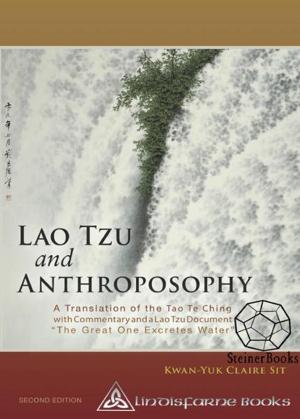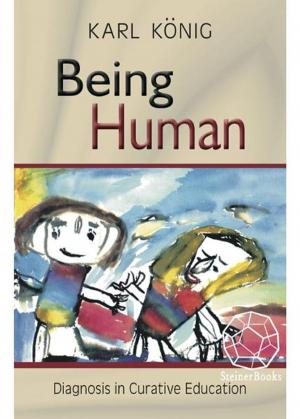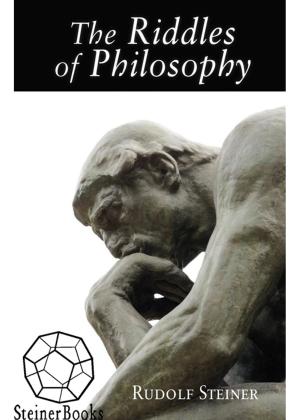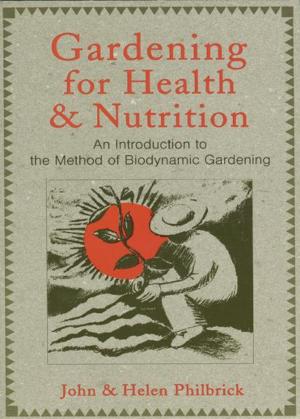| Author: | David Lowe, Simon Sharp | ISBN: | 9781584204855 |
| Publisher: | SteinerBooks | Publication: | October 1, 2005 |
| Imprint: | Lindisfarne Books | Language: | English |
| Author: | David Lowe, Simon Sharp |
| ISBN: | 9781584204855 |
| Publisher: | SteinerBooks |
| Publication: | October 1, 2005 |
| Imprint: | Lindisfarne Books |
| Language: | English |
The poet, dramatist, novelist, and scientist, Johann Wolfgang von Goethe had to wait many years before he was able to travel south to Italy, "the land where the lemon trees bloom." He had gained success in several fields, but he had a sense of being trapped and confined and felt a need for light. Italy would give this to him in a number of ways. Taking as their basis Goethes Italian Journey, the authors of this fascinating and unusual study explore how Goethes experience of Palladios architecture influenced his view of the relationship between art and nature in general and, in particular, helped him form his understanding of metamorphosis, leading to his discovery of the archetypal plant. In his carefully written account of his travels, Goethe seems to oscillate between experiences of architecture and experiences of nature. In nature, he searched for the "archetypal plant," the essential form whose metamorphosis through time would produce the plant we see in its cycle from seed to fruit. In the art and architecture of antiquity and in Palladios classical reformulation of it, he tried to understand the purpose and function of artistic creation. Until now, no one has put these two together. David Lowe and Simon Sharp show for the first time how these seemingly unrelated subjects are relatedhow the living geometries and volumes of harmoniously proportioned buildings, the great idea of architecture, can lead to the intuition of similar principles in nature.
The poet, dramatist, novelist, and scientist, Johann Wolfgang von Goethe had to wait many years before he was able to travel south to Italy, "the land where the lemon trees bloom." He had gained success in several fields, but he had a sense of being trapped and confined and felt a need for light. Italy would give this to him in a number of ways. Taking as their basis Goethes Italian Journey, the authors of this fascinating and unusual study explore how Goethes experience of Palladios architecture influenced his view of the relationship between art and nature in general and, in particular, helped him form his understanding of metamorphosis, leading to his discovery of the archetypal plant. In his carefully written account of his travels, Goethe seems to oscillate between experiences of architecture and experiences of nature. In nature, he searched for the "archetypal plant," the essential form whose metamorphosis through time would produce the plant we see in its cycle from seed to fruit. In the art and architecture of antiquity and in Palladios classical reformulation of it, he tried to understand the purpose and function of artistic creation. Until now, no one has put these two together. David Lowe and Simon Sharp show for the first time how these seemingly unrelated subjects are relatedhow the living geometries and volumes of harmoniously proportioned buildings, the great idea of architecture, can lead to the intuition of similar principles in nature.
